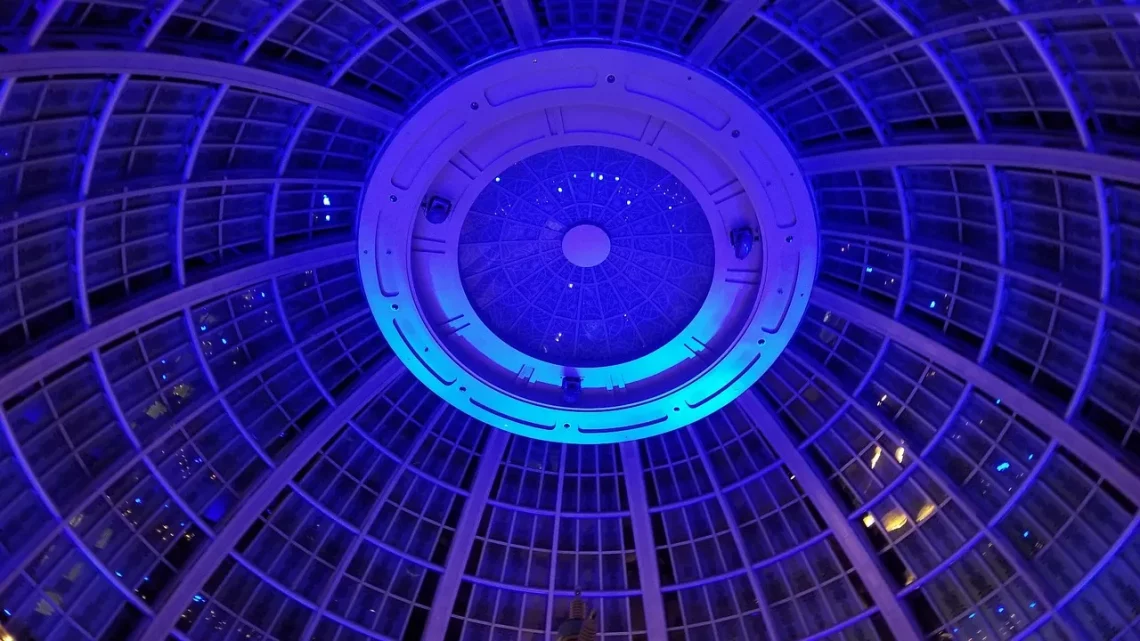
Discover the Most Expensive Item Available on Amazon Today
In the vast realm of online shopping, Amazon stands out as a titan, offering an endless array of products to consumers worldwide. From everyday essentials to the most extravagant items imaginable, the platform caters to a diverse audience with varied interests and preferences. Among the millions of products available, some items reach astonishing price points that can leave even the most seasoned shoppers in awe. These high-ticket items often possess unique features, unparalleled craftsmanship, or exclusive branding that set them apart from the rest.
While many might think of Amazon as primarily a place for budget-friendly purchases, there exists a hidden luxury market within its depths, showcasing products that embody opulence and extravagance. This blend of affordability and luxury creates a fascinating dichotomy, appealing to shoppers ranging from thrifty buyers to those seeking the extraordinary. This article aims to explore the world of Amazon’s most expensive items, revealing what makes these products so costly and desirable.
As we delve into this intriguing topic, we will uncover the characteristics that define luxury in the digital marketplace. Whether you’re a curious shopper, a collector of unique items, or simply interested in the luxury market, understanding the dynamics of high-priced products on Amazon can offer valuable insights into consumer behavior and market trends.
The Allure of Luxury Items on Amazon
Luxury items have a certain allure that transcends mere functionality. They represent a lifestyle, a status symbol, and often, a piece of art. On Amazon, high-end products attract attention not just for their price tags but for the craftsmanship, exclusivity, and brand reputation they embody. Shoppers are often drawn to these items as a way to express their individuality and taste, seeking more than just a product—they’re pursuing a statement.
One of the key factors contributing to the allure of luxury items is the psychology of ownership. High-priced products often come with a narrative that enhances their value. For instance, a handcrafted watch from a renowned brand might not just tell time; it tells a story of tradition, skill, and exclusivity. Consumers are often willing to invest in these stories, viewing their purchases as a way to align with the values and aesthetics of a particular lifestyle.
Moreover, the digital marketplace has revolutionized how luxury items are marketed and sold. With high-quality images, detailed descriptions, and customer reviews, Amazon provides a platform where potential buyers can thoroughly research their desired items before making a purchase. This transparency helps build trust and fosters a sense of community among luxury shoppers who share their experiences and recommendations.
Another aspect to consider is the growing trend of sustainable luxury. Many high-end brands are now focusing on sustainability, offering products that are not only luxurious but also environmentally friendly. This shift appeals to the modern consumer who values ethical considerations alongside quality and design. As a result, luxury items on Amazon often include features that highlight sustainability, such as eco-friendly materials and ethical sourcing practices.
When it comes to the most expensive items on Amazon, variety is abundant. From high-end electronics to exquisite jewelry and rare collectibles, the platform showcases a range of unique products that cater to affluent consumers.
Take, for instance, luxury electronics, which often come equipped with cutting-edge technology and innovative features. High-end televisions, state-of-the-art sound systems, and premium laptops can command impressive prices. These products not only offer superior performance and aesthetics but also come with the latest advancements in technology, appealing to tech enthusiasts who seek the best of the best.
In addition to electronics, luxury jewelry stands out as a prominent category among Amazon’s high-priced offerings. Pieces from renowned designers or crafted with rare gemstones can reach staggering prices. These items are often seen as investments, with their value appreciating over time. For many, jewelry is more than just an accessory; it represents personal milestones, heritage, and beauty.
Moreover, rare collectibles, such as vintage wines, limited-edition art pieces, or unique memorabilia, attract collectors willing to pay a premium for exclusivity. These items often have a rich backstory that adds to their desirability, making them more than just products but cherished additions to one’s collection.
The allure of unique high-value products on Amazon lies not only in their price but also in their ability to enhance one’s lifestyle and reflect personal values. As consumers increasingly seek distinctive and meaningful purchases, the appeal of these luxury items continues to grow.
Brand reputation plays a crucial role in determining the price of luxury items on Amazon. Established brands with a history of quality and prestige can command higher prices due to consumer trust and recognition. When buyers invest in a high-end product, they are not just purchasing an item; they are investing in the brand’s legacy and assurance of quality.
Luxury brands often engage in strategic marketing to maintain their reputation and justify their price points. This includes limited product releases, collaborations with artists or influencers, and hosting exclusive events. These strategies create a sense of scarcity and exclusivity, making consumers more inclined to purchase high-priced items out of fear of missing out.
Furthermore, the reviews and testimonials of previous buyers significantly impact brand reputation. Positive feedback can enhance a brand’s image, while negative reviews can deter potential customers. On platforms like Amazon, where user-generated content is prevalent, the collective opinion of consumers can either elevate or diminish the perceived value of luxury items.
Additionally, many luxury brands prioritize customer experience, offering exceptional service and support. This commitment to customer satisfaction not only enhances brand loyalty but also justifies the premium prices associated with their products. Shoppers are often willing to pay more for items backed by a brand known for providing top-notch service and support.
Ultimately, brand reputation is intertwined with the pricing of luxury items on Amazon, influencing consumer perceptions and purchasing decisions. As shoppers navigate the world of high-end products, they must consider not only the item itself but also the legacy and reputation of the brand behind it.
As the landscape of e-commerce continues to evolve, the future of luxury shopping on Amazon appears promising. With technological advancements and changing consumer preferences, the way luxury items are marketed and sold is likely to transform significantly.
One notable trend is the rise of augmented reality (AR) and virtual reality (VR) in online shopping. These technologies can enhance the shopping experience by allowing consumers to visualize products in their own environments before making a purchase. For luxury items, this could mean trying on jewelry virtually or visualizing how a high-end piece of furniture fits into a home setting, thereby reducing purchase hesitation.
Additionally, the increasing emphasis on personalization in online shopping could reshape the luxury market. Consumers are increasingly seeking products that reflect their individual tastes and lifestyles. By leveraging data analytics and artificial intelligence, Amazon could offer tailored recommendations that align with a shopper’s preferences, enhancing the overall purchasing experience.
Sustainability will also continue to play a pivotal role in the luxury market’s future. As consumers become more environmentally conscious, luxury brands will need to adapt by emphasizing sustainable practices. This could include offering more eco-friendly product lines, transparent sourcing, and ethical production methods, all of which can resonate with modern consumers.
Lastly, the importance of community and engagement in luxury shopping cannot be overlooked. As platforms like Amazon foster connections among buyers, the potential for shared experiences and recommendations can influence purchasing decisions. Creating an online community around luxury items can enhance brand loyalty and encourage consumers to explore high-ticket products.
In conclusion, the future of luxury shopping on Amazon promises innovation and adaptation to meet evolving consumer demands. As technology, sustainability, and community engagement take center stage, the market for luxury items is poised for growth and transformation.
In summary, the world of luxury items on Amazon is diverse and ever-changing. As consumers continue to seek unique products that enhance their lifestyles, the platform will likely evolve to cater to these desires, offering an array of high-value items that reflect both quality and exclusivity.




